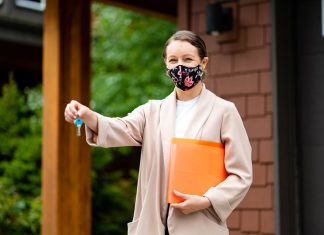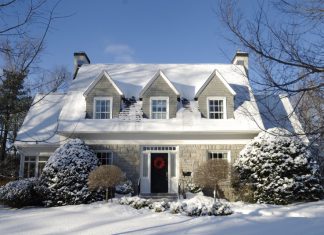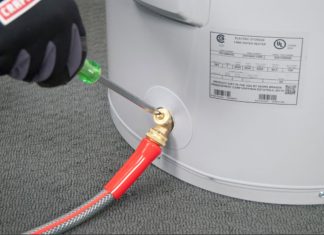Your roof is your first line of defence for your property, your family, and your home. At some point, every home and building will be faced with some kind of extreme weather conditions. It could be very strong winds, or heavy rainfall, hail, or large snowfall. Your roof should survive, at least for some considerable duration, these severe weather conditions.
As you choose a roofing structure and roofing material for your building, have extreme weather in mind.
How Can Strong Winds Damage Your Roof?
If you live in a windy area, you must construct a roof that can withstand the high pressure from the moving air. It is even more important for you to make sure your roof is prepared for strong winds if you live in an area that does not experience extreme wind that often. Otherwise, surprise windstorms would cause serious damage.
Wind pressure is usually strongest at the edges of the roof. Once the edge of your roof has started peeling off, this can rapidly spread to the entire roof. You may begin to notice your shingles or roofing sheets lifting around the roof edges, threatening to fly off.
If this damage extends to the rest of your roof, your home becomes susceptible to damage by other weather elements such as heavy rain and snow which can cause massive damage. This will require the help of a professional roofing company to get it fixed right away.
How Can You Protect Your Roof from Windstorms?
Since strong winds start causing damage from the edges of the roof, make sure the edges are strongly reinforced. In areas that experience strong winds, provide your roof with trusses attached to walls with hurricane tie-downs. Make sure the sheathing is properly nailed. You can also use heavy-duty shingles.
Wind can also cause damage to your roof by carrying debris onto it. For instance, strong winds can cause branches to break off and puncture your roof or block the gutters. Cut down or trim trees that are very close to your home with their branches overhanging the roof to avoid this.
Check Your Roof for Leaks After Rain
Rain is perhaps the weather element that affects roofs the most on a regular basis. If your roof is slightly damaged, it may withstand a small amount of rainfall that leads to very little or no water-leaks.
However, a damaged or poorly installed roof can’t withstand a very heavy downpour. It is especially important to inspect your roofing structure and surface for any signs of leaks after heavy rainfall.
Replace an old roof that has signs of wear and tear. Small cracks and very little damage to your roof that can allow water to pass through can have great consequences. Heavy rainfall accompanied by strong winds can cause massive leaks that would cause damage to the building and your personal property. It is a much simpler and cheaper task to replace a roof before it is too late, and this is why regular inspection is so critical.
How to Choose the Right Roof for Your Region’s Weather
There are so many roofing materials these days – slate, asphalt shingles, wood shakes, metal— you name it. The best material that can withstand extreme weather out of all of them depends on the type of harsh weather conditions your region experiences.
For instance, heavy-duty slate and clay tiles may work well in windy areas while asphalt shingles may be the better option for an area that experiences hail. Asphalt shingles can’t withstand strong winds while slate can easily be damaged by the impact from hailstones.
To choose the best material for your roof, consider the ratings assigned to various roofing materials. You will get to know how good a material is when it comes to wind resistance or impact resistance.
Conclusion
Your roof is the most important part of your building. Most roofs are built to protect the home against a wide variety of weather conditions. However, some hold up better than others when subjected to extreme weather conditions.
Can your roof withstand extreme weather conditions? Well, from what you have gathered from this article, you can tell by carrying out an in-depth analysis of your roofing structure and surface. Find out if it shows any signs of damage. Are its edges well reinforced? What is the rating of your roofing material? If you can, use the help of a licensed professional roofer.
















